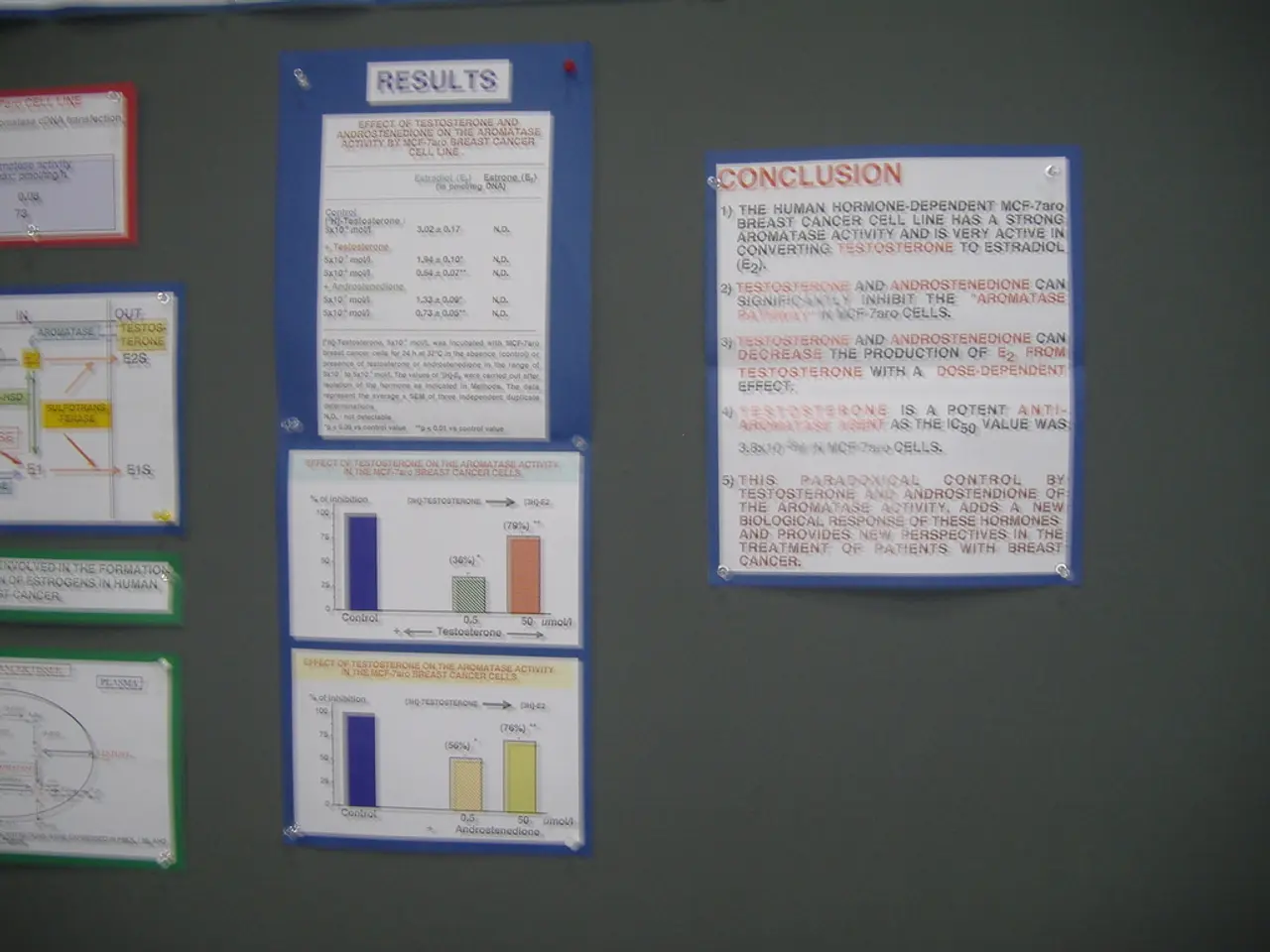Prompts for Mitigating Instantaneous Actions
Neurodivergent individuals, particularly those with ADHD, often find it challenging to manage impulsive behaviour due to difficulties with attention and executive functioning. However, visual reminders have been found to be effective tools in externalising tasks and cues that might otherwise be forgotten or overlooked.
These reminders act as gentle prompts that support self-monitoring and improve regulation by reducing cognitive load and increasing awareness of actions in real-time. The most beneficial types of visual reminders for managing impulsivity and related executive challenges include sticky notes and whiteboards, visual apps and digital task managers, visual clocks and timers, subtle on-screen or environmental visual cues, and high-contrast, large-font visual feedback.
Sticky notes and whiteboards, for example, help keep important tasks and prompts in sight, supporting external memory. Visual apps and digital task managers like Todoist or Trello use clear visual layouts to organise tasks, deadlines, and priorities, providing ongoing cues for action and reflection. Visual clocks and timers, such as Time Timers, help neurodivergent individuals “see” time passing, addressing time blindness and reducing impulsive rushing or procrastination.
Subtle on-screen or environmental visual cues, like a small object or colour-coded indicators, can serve as effective reminders without causing discomfort or disrupting flow, especially during social interactions or tasks requiring sustained attention. High-contrast, large-font visual feedback enables rapid comprehension that minimises additional cognitive load, helping users regulate impulsivity more fluidly.
For maximum effectiveness, these visual supports should be non-disruptive and easily integrated into natural routines or environments. They should externalise cognitive demands by moving information out of working memory and into visible reminders, and provide rapid and intuitive comprehension to avoid overwhelming attention or causing frustration.
Research indicates that combining visual cues with strategies like self-monitoring, cognitive restructuring, and structured task breakdown improves overall behavioural management. Additionally, visual reminders can retrain the brain and help form lasting habits by making individuals pay attention in the moment.
In conclusion, visual reminders that are simple, salient, yet non-intrusive—ranging from physical notes and timers to subtle digital cues—are among the most beneficial aids for helping neurodivergent individuals manage impulsive behaviour effectively. From colour-coded sticky notes to digital reminders on lock screens, these tools offer a nudge that slows things down, helping individuals choose what feels right for them instead of what's easiest in the moment.
- Women with autism, just like other neurodivergent individuals, often face challenges managing attention and executive functioning, particularly with regards to impulsive behavior.
- Incorporating visual reminders can be a helpful tool for these individuals, serving as gentle prompts that support self-monitoring and improve regulation.
- The use of visual reminders can externalise tasks and cues, moving information out of working memory and into visible reminders like sticky notes, whiteboards, and digital apps.
- These visual supports can include digital task managers like Todoist or Trello, visual clocks like Time Timers, or subtle on-screen or environmental visual cues, such as color-coded indicators.
- By providing rapid and intuitive comprehension, high-contrast, large-font visual feedback can help manage impulsivity more effectively while minimizing additional cognitive load.
- To maximize effectiveness, these visual reminders should be non-disruptive, easily integrated into natural routines or environments, and combined with strategies like self-monitoring and structured task breakdown.
- Using visual cues can help neurodivergent individuals, including women, pay attention in the moment and form lasting habits that promote self-care, improvement in mental health, and personal growth in the areas of health-and-wellness, education-and-self-development, and overall life management.




